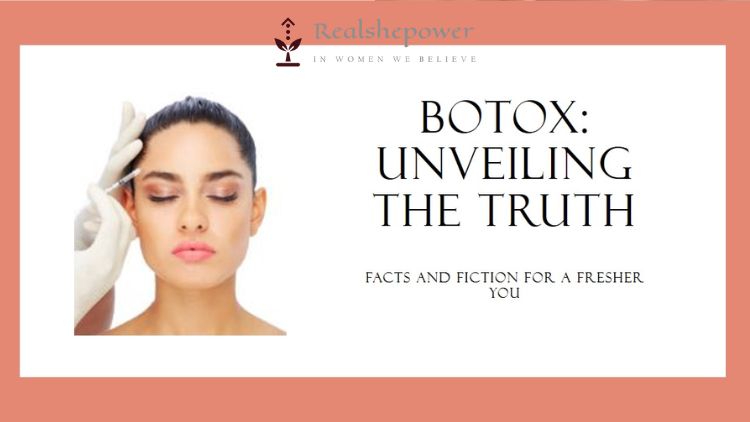Beyond Beauty: Exploring Botox as a Weapon Against Chronic Migraines


For millions of people worldwide, migraines are more than just headaches; they’re debilitating episodes of pain, nausea, and sensitivity that can steal entire days of productivity and joy. Traditional treatments often offer limited relief, leaving many searching for alternative solutions. In recent years, one such solution has emerged from an unexpected corner: Botox, the wrinkle-smoothing injection previously associated with aesthetic pursuits, is now knocking on the doors of neurology, offering a glimmer of hope to migraine sufferers.
Painful Connections:
Chronic migraines, affecting over 15% of women and 6% of men, are rooted in complex neurological pathways. During an attack, certain nerves become overly sensitive, sending pain signals to the brain, often triggered by environmental factors like stress, hormonal changes, or certain foods. Botox, traditionally known for relaxing facial muscles, works by temporarily blocking the release of a neurotransmitter called acetylcholine, which plays a role in pain transmission.
From Wrinkles to Relief:
The idea of using Botox for migraines initially seemed counterintuitive. However, research revealed a fascinating connection. Studies showed that strategically placed Botox injections around the head and neck, targeting specific trigger points associated with migraines, could significantly reduce the frequency and intensity of attacks. These trigger points are often located in areas like the forehead, temples, and back of the head, harboring overactive muscles that may contribute to pain pathways.
A Ray of Hope:
The results have been promising. Clinical trials and real-world experience suggest that Botox injections can offer significant relief for chronic migraine sufferers. Studies have shown reductions in headache frequency by up to 70%, with individuals experiencing fewer and less severe attacks. The effects typically last for 3-4 months, requiring repeat injections for sustained relief.
Not a Magic Bullet:
While exciting, it’s crucial to remember that Botox for migraines isn’t a one-size-fits-all solution. It’s not a cure, and its effectiveness varies from person to person. Consulting a neurologist experienced in migraine management is essential to determine if you’re a suitable candidate and to discuss potential risks and benefits.
Unveiling the Layers:
The exact mechanism of how Botox works in migraines is still being explored. Theories suggest it may not only relax overactive muscles but also modulate pain signals at the nerve level, offering a multi-pronged approach to pain relief. Additionally, its long-lasting effects can provide a psychological boost, reducing anxiety and anticipation of future attacks, further contributing to overall well-being.
Beyond the Injection:
It’s important to emphasize that Botox should be considered as part of a comprehensive migraine management plan. Combining it with lifestyle modifications, stress management techniques, and preventive medications can maximize its effectiveness and create a holistic approach to tackling the condition.
A Journey of Hope:
While research continues to refine the use of Botox for migraines, the initial results offer a beacon of hope for those struggling with this debilitating condition. It’s not a miracle cure, but it holds the potential to significantly improve the lives of millions, offering them a reprieve from pain and a chance to reclaim their stolen days. Ultimately, the decision to use Botox must be made in consultation with a qualified healthcare professional, considering individual circumstances and weighing the potential benefits and risks.
Botox: Unveiling the Facts and Fiction for a Fresher You

You can now contribute to the community by writing for RealShePower. Please share your stories and opinions with us here.
